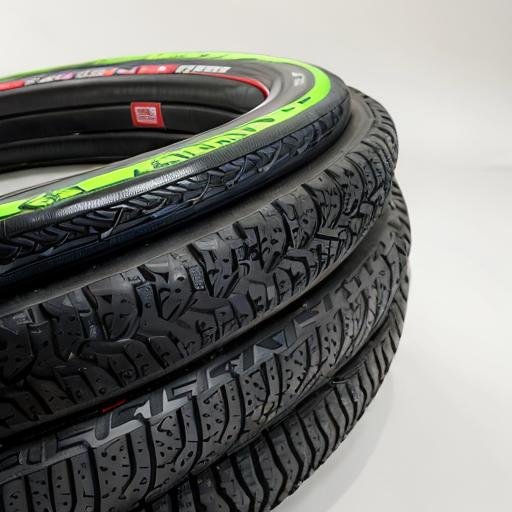Bicycle tires are an essential component of your bike, and they play a crucial role in your cycling experience. They provide grip, comfort, and stability on the road, making your ride safer and more enjoyable. However, just like any other part of your bike, tires wear out over time and need to be replaced.
So, how often should you replace your bicycle tires? The answer depends on several factors, including the type of tire, the conditions you ride in, and how often you ride. In this article, we’ll explore these factors in more detail to help you determine when it’s time to replace your tires.

The Lifespan of Bicycle Tires
On average, bicycle tires last around 3000 to 5000 miles. However, this number can vary widely depending on the type of tire and how you ride. For example, a high-performance road tire will wear out faster than a more durable touring tire. Similarly, if you ride in harsh conditions, such as gravel or wet roads, your tires will wear out faster than if you ride on smooth, dry roads.
Signs That Your Tires Need to be Replaced
While mileage is a good indicator of when to replace your tires, it’s not the only factor to consider. Here are some other signs that your tires may need to be replaced:
Visible wear and tear: Look for cracks, cuts, or other visible damage on the tire’s surface. If the tread is worn down, it’s time to replace the tire.
Loss of grip: If you notice that your bike is slipping or sliding more than usual, it may be due to worn-out tires. Tires lose grip as they wear down, which can make your ride less safe.
Punctures and flats: If you’re getting frequent flats or punctures, it may be a sign that your tires are worn out and need to be replaced.
Age: Even if your tires haven’t seen a lot of use, they can still wear out over time. If your tires are more than five years old, it’s a good idea to replace them, even if they still look good.

Choosing the Right Tires
When it’s time to replace your tires, it’s essential to choose the right ones for your bike and riding style. Here are some factors to consider when choosing new tires:
Type of riding: Different types of tires are suitable for different types of riding. If you ride on smooth roads, a slick or semi-slick tire may be the best choice. If you ride on rough roads or trails, you’ll need a tire with more tread and puncture protection.
Size: Make sure to choose a tire that’s the correct size for your bike. The size is usually printed on the sidewall of your current tire.
Durability: If you ride in harsh conditions or frequently get flats, consider a tire with extra puncture protection or a thicker tread.
Brand and price: Finally, consider the brand and price of the tire. While it may be tempting to choose the cheapest option, investing in a high-quality tire can save you money in the long run by lasting longer and providing a better ride.

Conclusion
In conclusion, replacing your bicycle tires is an essential part of bike maintenance. While mileage is a good indicator of when to replace your tires, it’s not the only factor to consider. Look for signs of wear and tear, loss of grip, and punctures, and don’t forget to consider the type of riding you do when choosing new tires. With the right tires and proper maintenance, you can enjoy a safer, more comfortable, and more enjoyable ride.


